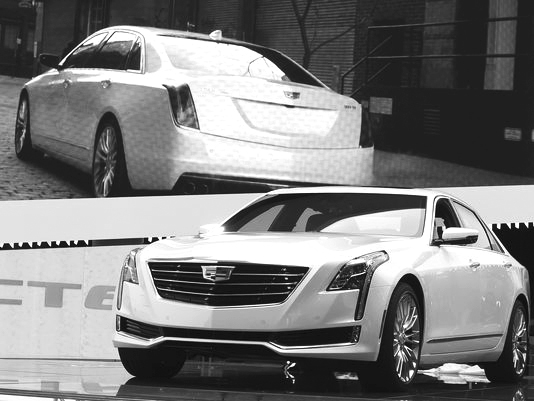New technology called ‘startstop’ is coming to America soon.
The technology commonly called ‘start-stop’ has been a hit in Europe. Today more than 60 percent of new cars sold in Europe each year have startstop technology.
According to Slate, German automakers pioneered the startstop technology several years ago.
The way start-stop works is whenever a car goes into neutral or brake to a full stop, the engines of the car switches off.
Whenever the driver wants to go again, he or she steps on the gas pedal or releases the clutch, and the engine automatically switches back on.
Craig Rigby, advanced market and technology strategist for Johnson Controls Power Solutions, described the process.
“When that engine shuts off, all the electrical content—radio, the blowers, the lights, whatever is consuming electricity—no longer has the alternator,” Rigby said. “So you need a battery that is different from the traditional battery.”
The reason for start-stop’s existence is the need to conserve fuel and energy.
Rigby said the technology could improve a typical car’s effi ciency by up to 5 percent.
“We think there’s more that you can do, even with 12 volt standard batteries,” Rigby said.
“Efforts into expanding this project could see energy savings jump from 5 percent to 8 percent.
We think there’s room to extend the existing start-stop paradigm and get more.”
Slate also reported other features under development such as regenerative braking.
The idea behind regenerative braking is that the energy from braking is captured and used to recharge car batteries. There is also the idea of the car engine turning off when the vehicle is rolling at low speeds and staying off slightly longer before the car starts up again.
Students at The University of Southern Mississippi have differing opinions on whether or not this technology is a good idea.
Taiyuana Bowie, an architectural engineering major at Southern Miss, supports the idea of start-stop technology.
“It’s an advantage, and I think it will prevent more accidents,” Bowie said.
Bowie supports cars with start-stop technology and would buy a car with the feature.
Brennen Cheron, a business major at USM, is wary about the new technology.
“It feels less safe for the average person in case they weren’t aware of something around their surroundings, and then it could have had consequences that weren’t intended,” Cheron said.
When talking about whether or not he would purchase a car with the start stop feature, Cheron was on the fence.
“(I) doubt they would leave it as to how unsafe it could possibly be, and they would certainly do safety enhancements before it was released to the public.
I might buy it one day, but it depends.”
While government funds have been deployed to help startups and incumbents develop power supplies, start-stop technology remains a private sector effort.



































